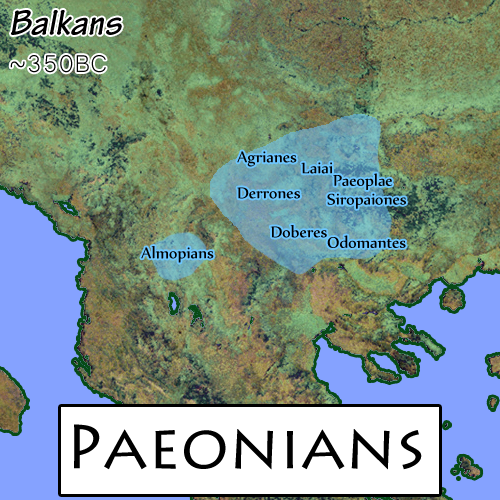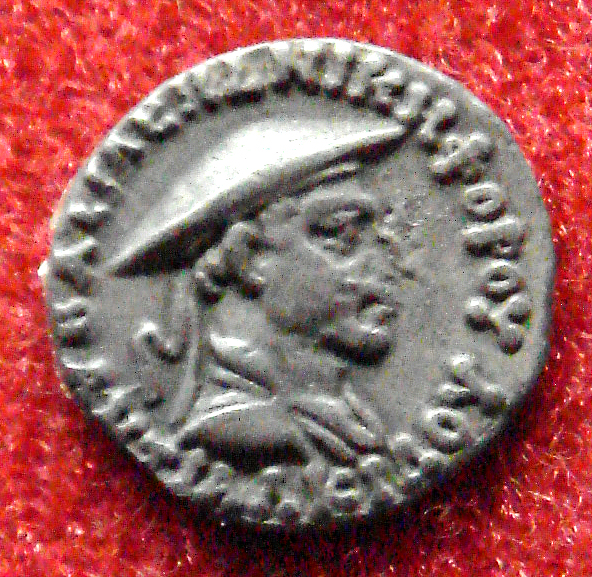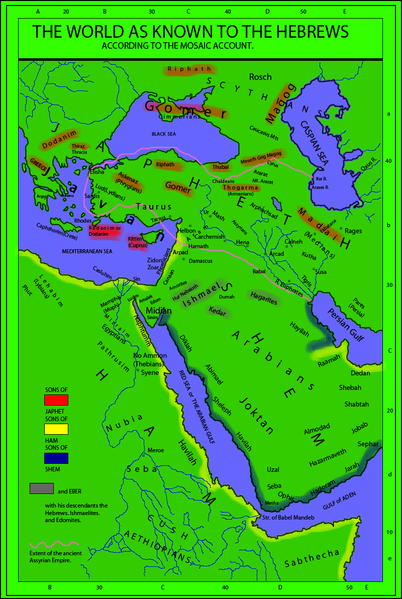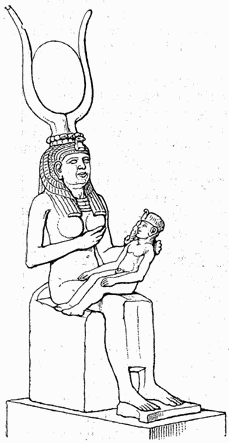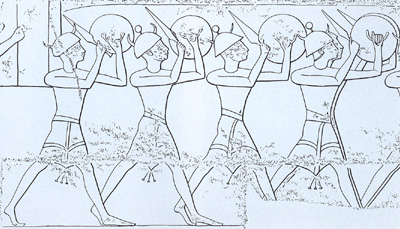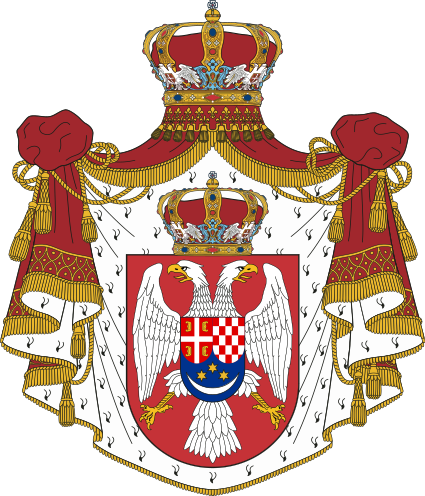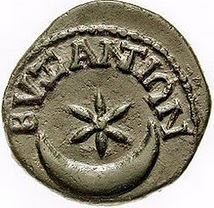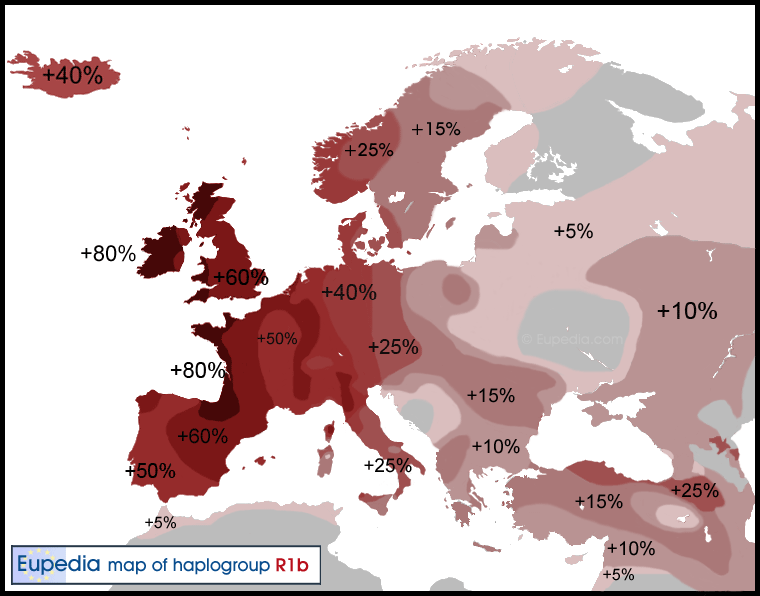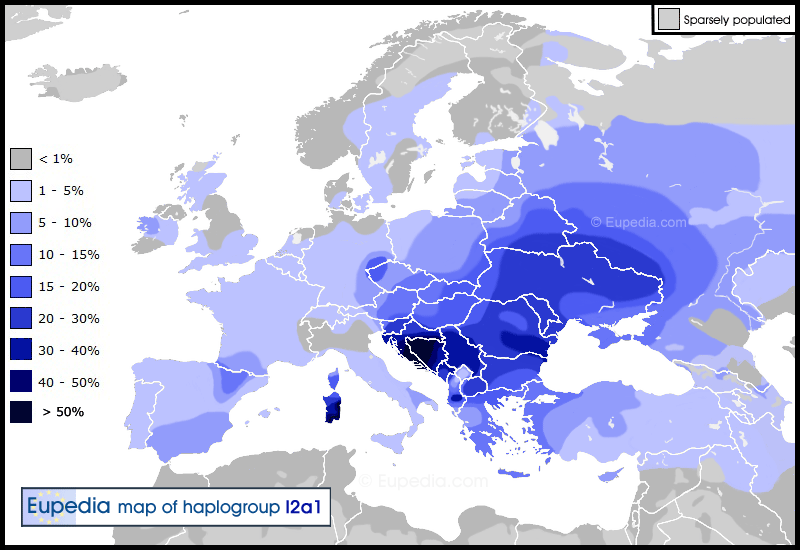DejaVU
one word
SCHIZOPHRENEIA
Greek Makedonians migrating from South-East olymp to northFirst they PUSHED the Tribe Pieri a Greco-Thrasian Tribe of Orpheus ancient Leveithra
from the city of Herakleia (Hercules) and Dion north to Phylakes and Balla (Velventos-Near
Servia and Katalonia Ballena) Servia in Proto-Makedonian means
Velventos
Phylakes means Tower of Guardians
Balla and its settlements
ballonEllenes
ballonista
Ballena
Druanista
Druassa
the nearby Pieri-Thracian city before Makedonian until today have the name Kitros according Greek-Tyrrshenian
Cotys -Cotyr means tough in Tyrrshenian
Later they went north
west of Phylacaes went from west Olymp the Lokroi tribe (Elimiotans) build Aiani
Aeolians lokroi (inland tribe from central Greece to Thessaly to Makedonia, cousins of Epirotans)
Lokri And Argeiad Makedonians unite and tooksome Vrygian lands while the Illyrians took their lands above Prespes lakes (a Greco thracian tribe)
the remains of Vrygian the
Argeiads sons of Hercules the
Lokroi sons of Makednos the
Boettiaeans
According to
Strabo, Bottiaeans were Cretan immigrants from Iapygia
make the Makedonian Kingom
the name Makedonia original belongs to Lokroi West Makedonia and the name Argeads to Central Makedoniaand build Capital Aiges and later Pella
Lokroi conquer all lands until Prespes,
and Argeiades all the south Greek colonies in sea starting from Pydna (big port)
Karamos after the conquer of Pydna from Euboeans Became king of a oligarchy system-alliance
like Mycenae of a Big Kings and a council of kings
(like Agamemnon Big king and Menelaus, Nestror, Odysseas small kings)
slowly that united kingdom became strong and pushed Thrasians Bithyni Maedi to East and assimilate the Greco-Thrasian Mygdonians
later wars among Makedonians and Dardani and Makedonians and Paioni make new alliances and a complex system
for example Illyrians of Ohrid above Prespes lakes join Makedonian Kingdom (Arideans)council against Dardani (illyrothrasian) as also Paionians against Odrysse-Thracians
But Paionians had also another Royal House although they where Makedonian best alliance and high council members except Almopeans
Paionian lands where west from Aksos-Aksios river (Vardar) until Mt Haimos
the big union among Greeks , Illyrians and thracians was done under king Amyntas,
but Makedonians were so strong that even before Amyntas build colonies inside Thracian lands
like odomantikes sintikes bisalti, Phillip manage easily to conquer that lands and unite them and then started the big campaign to unite Greeks
the rest is known
Later when Romans came Paionians were weak and mostly assimilated by Makedonians and became the
MAKEDONIA SECUNDA and makedonia became
Makedonia PRIMERA
from that starts the bullshit of today
and continues with the stupidity of Byzantines to name Makedonia today Bulgaria, Thessalinique the Makedonia Primera, and Bulgaria today Fyrom and Serbia and Dardania
when Slavic nations came they pass Donau and make their own counsils and Kingdoms
the most known the Serbs own the road from Thessaloniki to Donau via rivers, the aqua system,
Serbs brought another air of indepence as also Balkars later, and another lingua that unite with ancient thracian (probably IE similarity) and give another accent than Roman or Greek similar to ancient Thracian and create the South-Slavic languages
which are a mix of ancient North-Thracian and Odrysse-Thracian
Cyrril and Method etc the rest is known, Dusan Simeon Samuel Slavic Kings Families
orthodoxia, ottomans, Slavonizations and later Islamizations and at west Unia and later Catholicism
the history remains if you see Armani (Aromani) Roman speaking people
First they PUSHED the Tribe Pieri a Greco-Thrasian Tribe of Orpheus ancient Leveithra
WHAT IS THAT?
http://en.wikipedia.org/wiki/Paeonian_language
The
Paeonian language is the poorly attested language of the ancient
Paeonians, whose kingdom once stretched
north of
Macedon into
Dardania and in earlier times into southwestern
Thrace.
Modern linguists are uncertain on the classification of Paeonian, due to the extreme scarcity of materials we have on this language. On one side are Wilhelm Tomaschek and Paul Kretschmer, who claim it belonged to the Illyrian family, and on the other side is Dimiter Dečev, who claims affinities with Thracian.
Stoboi (nowadays Gradsko), name of a city, from *stob(h) (cf.
Old Prussian stabis "rock",
Old Church Slavonic stoboru, "pillar", Old English
stapol, "post", Ancient
Greek stobos, "scolding, bad language");
WHAT IS THIS????????????????
Centuries later under
Diocletian,
Paeonia and Pelagonia formed a province called
Macedonia Secunda or
Macedonia Salutaris, belonging to the
Praetorian prefecture of Illyricum. By AD 400, however, the Paeonians had lost their identity, and the term Paeonia was rendered a mere geographic identifier.
Macedonia Secunda NOT
MAKEDONIA PRIMERA
WHO IS THIS???????
The Cambridge ancient history The Cambridge Ancient History, Martin Percival Charlesworth,
ISBN 0-521-85073-8, 978-0-521-85073-5 Volume 4 of Persia, Greece and the Western Mediterranean, C. 525 to 479 B.C, John Boardman,page 252,
"The Paeonians were the earlier owners of some of these mines, but after their defeat in the coastal sector they maintained their independence in the mainland and coined large denominations in the upper Strymon and the Upper Axius area in the names of the Laeaei and the Derrones"
The Histories (Penguin Classics) by Herodotus, John M. Marincola, and Aubery de Selincourt,
ISBN 0-14-044908-6,2003,page 315, "...
was that a number of Paeonian tribes - the Siriopaeones, Paeoplae, ...
he Histories (Penguin Classics) by Herodotus, John M. Marincola, and Aubery de Selincourt,
ISBN 0-14-044908-6,2003,page 452,
"... Then he passed through the country of the Doberes and Paeoplae (Paeonian tribes living north of Pangaeum), and continued in a ..."
Paeonian Kings
In the
Iliad,
Asteropaios (
Greek: Ἀστεροπαῖος;
Latin: Asteropaeus) was a leader of the Trojan-allied
Paeonians along with fellow warrior
Pyraechmes. Asteropaios was the son of
Pelagon, who was the son of the river god
Axios and the mortal woman Periboia, daughter of Akessamenos (Greek: Ἀκεσσάμενος). Asteropaios was a newcomer to the war at the start of the
Iliad; he had only been in Troy for less than two weeks.
[1]
The name Asteropaios exist Still in Greek Makedonian names specially among Armani people
Pyraechmes (Πυραίχμης) was, along with
Asteropaeus, a leader of the
Paeonians in the
Trojan War. He came from the city of
Amydon. Although Homer mentions Pyraechmes as the leader of the Paeonians early on in the
Iliad, in the
Trojan Catalogue, Pyraechmes plays a minor role compared to the more illustrious Asteropaeus, a later arrival to the front. Unlike Asteropaeus, Homer does not provide a pedigree for Pyraechmes (although
Dictys Cretensis says his father was Axius - also the name of a river in Paeonia). Pyraechmes was killed in battle by
Patroclus: dressed in
Achilles' armor, Patroclus routed the panicked Trojans, and the first person he killed was Pyraechmes.
Langarus (died 335 BC), king of the
Agrianians, was a contemporary of
Alexander the Great (336–323 BC), with whom he ingratiated himself even before the death of
Philip II, previous king of
Macedon. He rendered Alexander important services shortly after his accession, in his expedition against the
Illyrians and
Taulantians, when the
Autariatae were preparing to attack him on his march. Langarus by an invasion of their territory prevented them from carrying their purpose into effect. Alexander conferred on him the most distinguished marks of his regard and favour, and promised him his half-sister
Cynane in marriage; but Langarus died soon after his return home.
[1]Arrian,
Anabasis Alexandri,
i. 5
Also
When Eucharistus was archon at Athens, the Romans elected as consuls Quintus Servilius and Quintus Genucius. During their term of office Philip sent ambassadors to Athens and persuaded the assembly to make peace with him on the ground that he abandoned for all time any claim to Amphipolis.
2 [2] Now that he was relieved of the war with the Athenians and had information that the king of the Paeonians, Agis, was dead, he conceived that he had the opportunity to attack the Paeonians. Accordingly, having conducted an expedition into Paeonia and defeated the barbarians in a battle, he compelled the tribe to acknowledge allegiance to the Macedonians.
Diodorus Siculus
kausia or Beret (Francais)
Depictions of the kausia can be found on a variety of coins and statues found from the
Mediterranean to the
Greco-Bactrian kingdom and the
Indo-Greeks in northwestern
India. A modern descendant may be the
pakul from the mountains of
Afghanistan and
Pakistan.
The name
'Skudra' was probably
Phrygian for the homeland, later called
Thrace, which the
Phrygians had left in migrating to Asia (See
Bryges). The peoples of the satrapy were named in c.
492 BC as three : The
Saka Paradraya, meaning Sacae (a general name for
Scythian-type people) beyond the sea, probably the
Getae, who resembled the Scythians in customs and equipment; the Skudra themselves, mainly
Thracians; and
Yauna Takabara or
Ionians with a shield-like hat. The last were mentioned also on glazed bricks at the palace at Susa. Some scholars have supposed that the Sacae 'beyond the sea' were Scythian peoples of the Crimea whom Darius had subjugated, but it seems improbable that Persia did hold that area, and that if she had it was assigned to Skudra rather than to the territories in Georgia, centred on Tbilisi. Envoys from Skudra bringing tribute carried two javelins, a long knife and a small round shield, which were characteristic of Thracian troops later (See Pls. Vol., p1,.40 XIX.). The Greek-speaking people with the shield-like hat were the
Macedones, renowned for wearing the
sun hat, as
Alexander I of Macedon did on his fine coins from 478 B.C . The Greek-speaking citizens of the colonial city states on the seaboard were not mentioned; nor did they wear a sun-hat.The
Persepolis Fortification Archive has numerous references to workers from Skudra and the most obvious candidates for Europeans working in some numbers deep within the Persian empire are the
Paionians whom
Herodotus makes so much of in his narrative
Any similarity of Skydra or Skodra ???????
or now do you understand that
Fyrom's "SFATI" is PERSIAN WORD????????????
whatch the names
cotys
kotys
watch the Sinopean cities
In the 8th century BCE the city of
Cotyora was founded in this area - one of a string of colonies along the
Black Sea coast established by the
ancient Greek Aegean city of
Miletos. The city of Ordu was established in the 15th century to serve as an
Ottoman military center and headquarters.
Now do you understand who were the Greeks and the Thracians?
and why there is a big I2a Near Messopotamia?
do you understand that Greeks and Troyan speak similar languge as also Lation?
Dropion(250 BC - 230 BC) was an ancient
Paeonian[1]king, son of
Leon of Paionia.
Dropion or
Driopas or Δριοψ was a paeonian king that took place in
OLYMPIC GAMES AS GREEK AND HAS A STATUE IN OLYMPIA
also his grand fathers Lycceius -
Lykeias Aytoleon and
Aristos
do you understand that all these names are Greek
Driopas = Druid also nation in Thessaly means Oak worshiper
Lykeias means wolf -man
Aytoleon means kings of lions
Aristos means perfect
Agis Dorian name means Leader in Dorian Greek (achaic aga or achas)
Patraeus or Patreos means according to Father - Fathers Glory and Pride
Pigres means fists
Pigmaleon means Boxer (fists of Lion)
kotys Greek kothour-os means tough Kotyora(city) means tough tower guard
Paeoni or Paeople means People - Nation
Doberes means local people the native people that lived Before (endo-Feron->ndo-Beren)
(endo = ovde = tosk = tuk Feron or Veron means old, pure traditional ex city GRVeria BGBeroia SYRIA Berea
modern Greek Ntopeoi or Dopei (Dobei)
learn Thracian and Greek and you realize more
and watch that
Siro-Paionians or SIROPAIAKES (means people of godess
Sirris (agricultural people) also
Serres
Se
Ro
Paia
-Kes ->> SRP-KS or SeRP-eS
the huns were named Balkar
but the Romans name the
Odrysse Thracian Vulkans -
Bulkans Before the invasion of Asparuch
and the area north and east of Mt Haimos (Hemos)
Vulkania -
Bulkania
Bulk Means the same same with Greek Thrax (Thrax means Lord of Fire, Vulkan is the metallurgy with Fire)
the Vulks of Hephaisto
probably the Iron age in peninsula started at todays Bulgaria's area of Ferruginous lands (near Dzumagia) west of Mt Haimos
Although Balkan is a Turkish word
DejaVu
watch the names
George Gr Γεωργιος Georgios
Serbian George
vic Greek Georgea
dis vic=v+i+t+s -> (v+t=d) +i+s ->dis Nominative case
Bulg Georgie
v Greek Georgi
ou v->ou or u possesive case
Female Georgieva Greek Georgiena v->n Female
Tyrrshenian language (sub-saharan :grin

mother language of many







